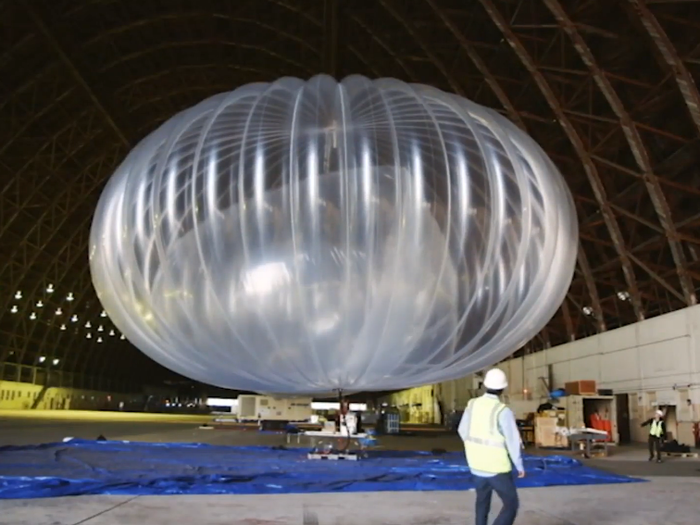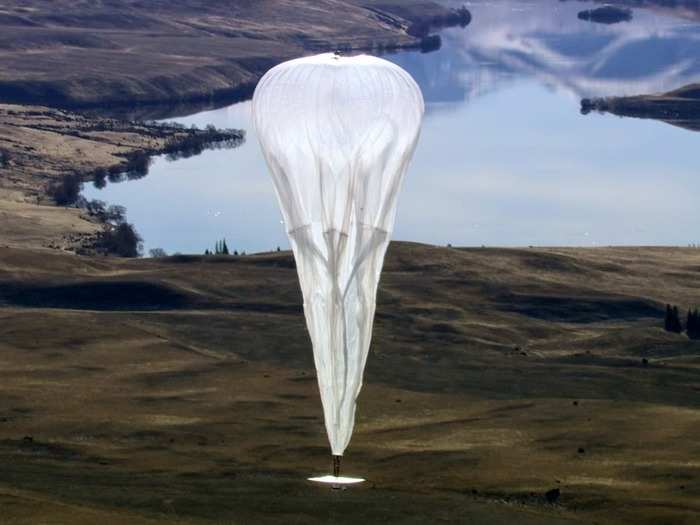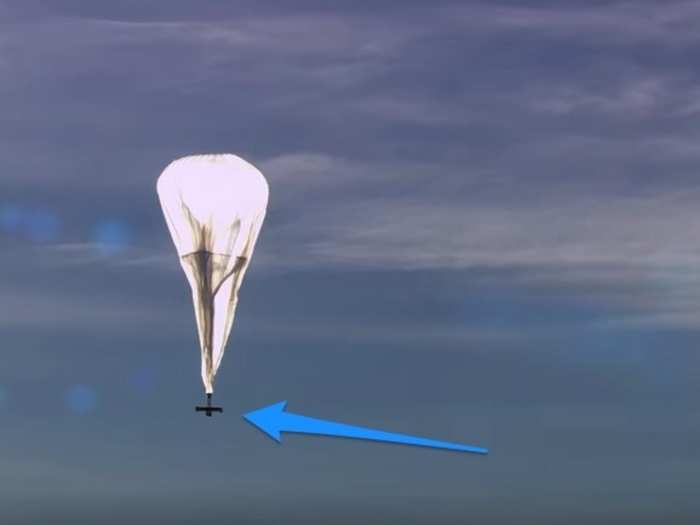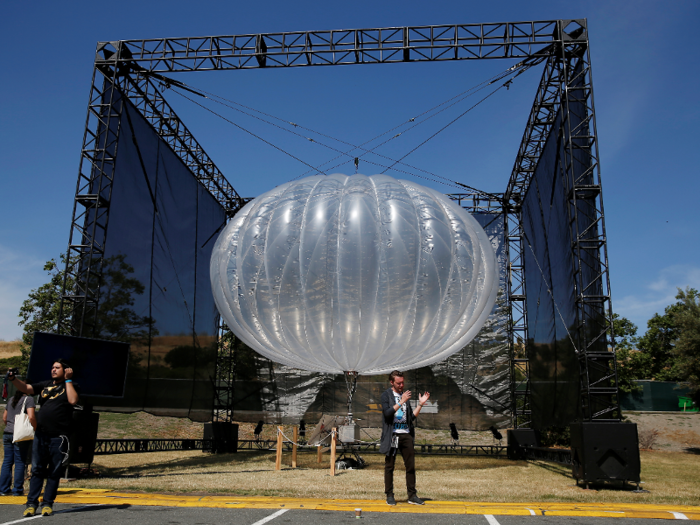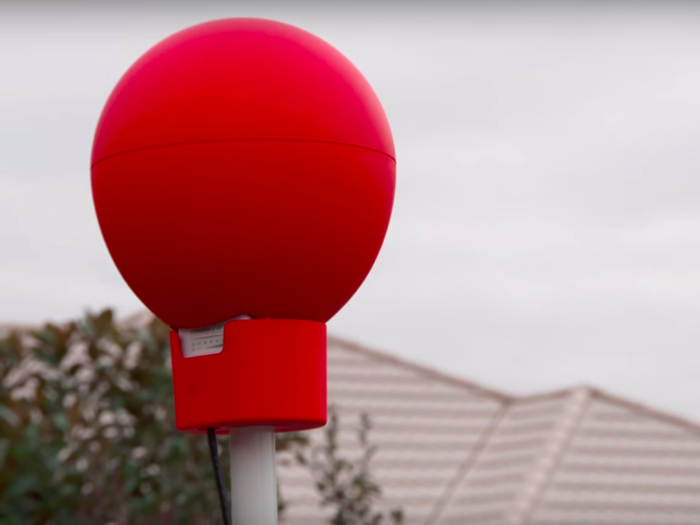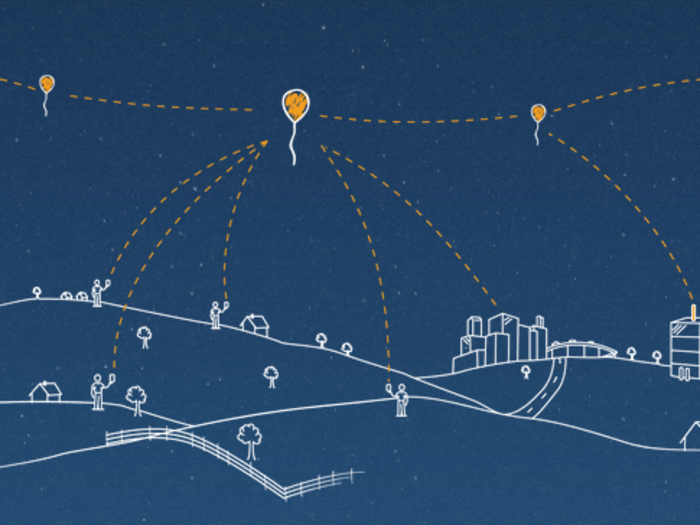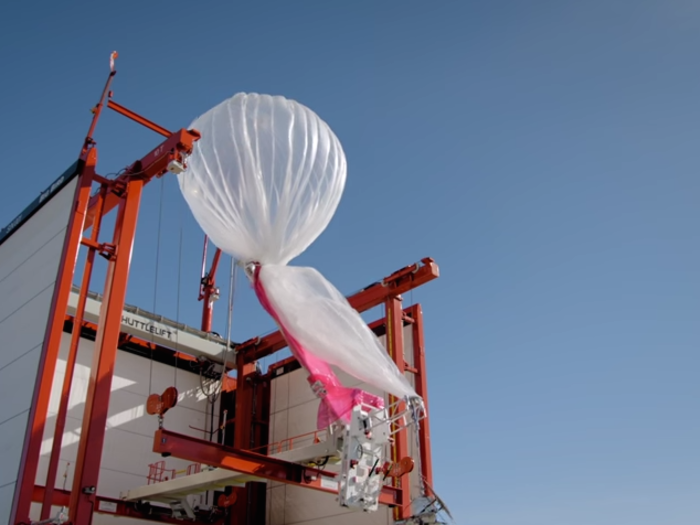Raven Aerostar creates a special outer shell for the balloons, called the film, that can hold a lot of pressure — allowing the balloons to float in the stratosphere for longer.
The film is as thin as a typical sandwich bag.
"It's one of the most critical components of a balloon," Scott Wickersham, general manager at Raven Aerostar, told Tech Insider. "The film is what holds the helium in there. And if you put too much pressure or if the film isn't strong enough, the balloon will burst."
The film is made of a special formulation of polyethylene that allows it to retain strength when facing extreme temperatures of up to -112 degrees Fahrenheit.
Project Loon actually tests the balloons at McKinley Climatic Lab in Florida, which creates the sub-freezing environment the balloons will actually fly in. They have even recorded the conditions that would cause a balloon to burst using high-speed cameras to better prepare the balloons for the frigid environment.
The balloons also have an internal chamber called a ballonet that will determine how high the balloons fly.
"So a blower will literally blow air from the atmosphere and blow it into the the ballonet, and what that does is increases the weight that the balloon has," Wickersham explained.
The ballonet plays a role in what direction the balloons float in as well.
What direction the wind blows in varies by altitude. So if Google wants to steer a balloon in another direction, it will have air blown in or out of the ballonet to change the balloon's weight, Wickersham said. Doing so will determine what altitude the balloon is flying at, and therefore the direction it floats in as well.
The balloons are also equipped with GPS so Google can keep track of their travel pattern.
They are also equipped with sensors to keep track of the weather and other environmental conditions.
But most importantly, that basket contains specialized radios that capture LTE signals sent up from ground stations that are then beamed back down to the ground.
Hundreds of people can connect to the internet through one balloon because it beams internet that covers a roughly 25-mile in diameter on the ground. Antennas attached to buildings, like the one pictured above, can also capture the LTE signals.
The speed of service offered by the Project Loon balloons is enough to let you surf on the web and check your email, but probably not stream high-quality video.
That's because Google says the service is "comparable to 3G."
The longest a Project Loon balloon has stayed afloat is for 187 days straight.
That occurred in March 2015. The balloons have been tested in New Zealand, Brazil, and California, but there's no word yet on when they'll become widely available.


